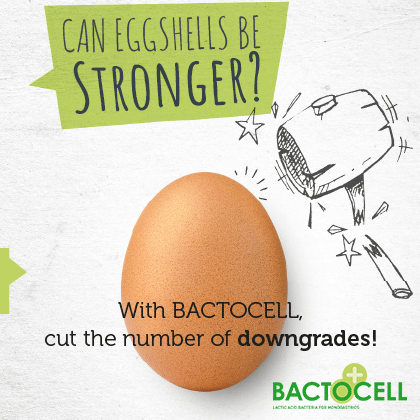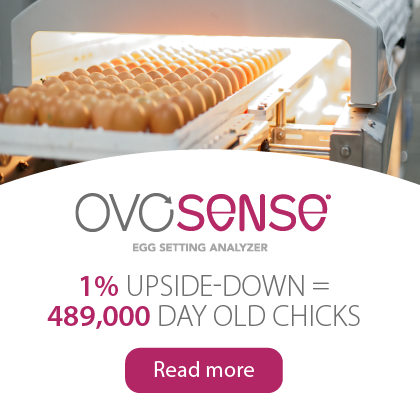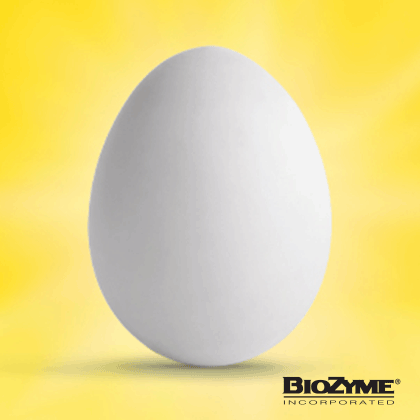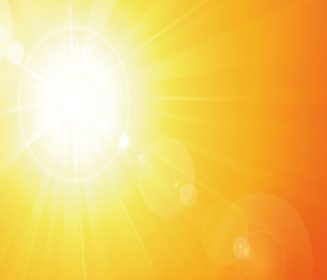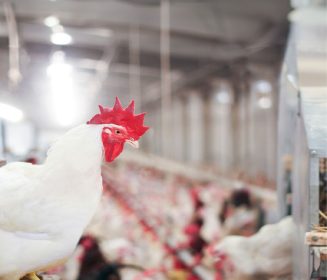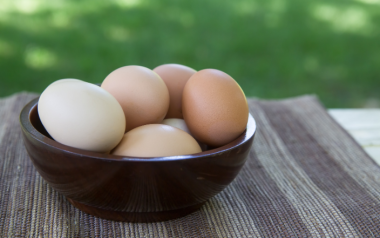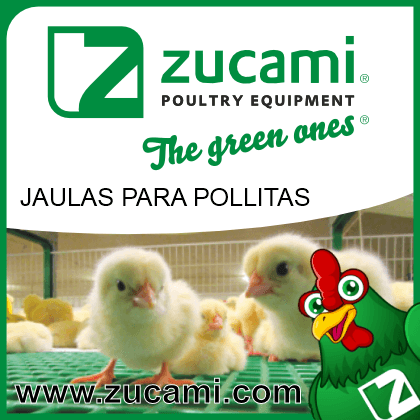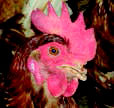
14 May 2020
The “18 to 35 weeks” crisis in a commercial layer’s life
Contenido disponible en: Español (Spanish) Português (Portuguese (Brazil))The stage from 18 to 35 weeks is extremely important in the productive […]
The stage from 18 to 35 weeks is extremely important in the productive life of commercial layers; it is during this time when we can determine if a flock will be economically profitable.
During the weeks mentioned, some events occur that can heavily affect the most sensitive parameters of a flock's productivity.
This series of events has been commonly called as "18 to 35 weeks crisis", because the birds present physiological and productive behaviors, which set off alarms in all the disciplines involved in farm management (keepers, administrators and technical personnel).
Birds generally fail to achieve expected feed intake, weight gain and uniformity deteriorate, fail to reach ideal expected weight, or may be overweight; If they start laying they will do so with eggs that are well below the commercially acceptable size or they generally postpone their production start while improving the conditions that affect them, and / or hardly reach the ideal laying parameter for the age according to the pattern of the breed.
A flock in this crisis will generally have fewer eggs per housed hen (HH), lower adult body weight or overweight (> 15%), more underweight eggs , less egg mass produced and increased mortality from prolapse and pecking. This event is not linked to the lineage of the bird, but rather linked to a flock that was not managed properly during the stages prior to sexual maturity .
There are a variety of factors that can cause this problem , such as:
- Low flock uniformity
- Underdevelopment of the gastrointestinal tract
- Use of feed with inadequate grain size
- Low feed intake
- Low fiber intake during the development or growing stage
- Use of feeds with high concentration of nutrients in the development stage
- Use of granulated feed until week 18
- Inappropriate use or non-existence of a lighting program
- An incorrect beak treatment

Control of the weighing should not be done as another statistical data to fill charts, but should be used to make important decisions such as scheduling the amount of feed to be supplied to the birds on a daily basis, carrying out certain management practices during the rearing and growing stages and to manage the size, number and cost of the egg by manipulating either feed intake and / or diet concentration.
Uniformity should hopefully be as close to 90%, which would generate birds with equal conditions to access water and food, achieving high production peaks and long persistence in the egg laying curve.
The stimulation for the development of the gastrointestinal tract (TGI) should be done from the 5th week approximately. By slightly increasing the fiber levels included in the ration; in addition to using foods with coarse grain size (1200 - 1300 microns), we encourage digestive "gymnastics" to take advantage of the biological condition of granivores in birds, thus promoting an increase in intestinal microvilli, which in turn improves nutrient absorption, controls pathogenic flora (E. Coli, Salmonella and Clostridium), increases beneficial gut flora (Bifidubacterium and Lactobacillus) as well as the formation of defenses within the intestine.

The fiber levels inclusion to achieve the aforementioned effect should be as close as possible to 3% for the rearing stage (0-5 weeks), 3.5% for growing (6-10 weeks) and between 3.5 - 4.5% for the stages of development (11-16 weeks) and pre-lay (17-18 weeks).
If before 18 weeks, the feed with the appropriate particle size is not used, it is most likely that the required consumption target will not be achieved, because the birds firstly reject the fine particles in the feed and also take longer to consume it.
Failure to ensure the birds' adequate consumption at this stage will cause their nutrient intake to be below the requirements, limiting first their growth and development and secondly the laying rate and the ideal weight of the egg. Additionally, we must take into account that, it is in this range of weeks that the layers reach their maximum nutritional requirements, as they have needs to cover their maintenance, growth, feather formation, egg production, fat deposition, shell formation and are exposed to many stress factors such as:
- Onset of lay
- Maximum production Overcrowding
- Light sensitivity
A very common practice in layer production is that if the bird weights are not being reached, undue pressure is put on the nutritionists to formulate feed with higher concentrations of nutrients (protein, amino acids and metabolizable energy) from an early age, causing flocks with very low accumulated feed intake at 18 weeks and although sometimes the ideal weights are achieved (sometimes even overweight), the required intake of accumulated nutrients will not be satisfied, and so will begin the aforementioned "crisis".
Reaching the laying stage with very low consumption, in some cases forces an erroneous but widespread practice of the American Nutritional School, which is to supply at this stage (18 - 35 weeks) feed with high concentrations of nutrients based on metabolizable energy, which alleviates low feed intake, since birds respond to energy intake at this age, keeping consumption low by quickly satisfying their needs via hypothalamic activation of satiety. However, this can aggravate the “crisis” condition, as other important requirements, such as protein and amino acids, are not met in this stage.
The practice of the European school consists of concentrating all the nutrients except energy. This is the most convenient for this critical stage, as the energy requirements are a function of the live or metabolic weights of the ever -growing bird, but its needs for protein and amino acids are essential for it to continue growing and in the event that energy is deficient, the birds will seek energy from the feed, and the amino acids and protein consumed in excess will convert into energy, a reaction that does not happen in reverse. Energy cannot be converted into proteins and amino acids, but these can be converted into energy.
Although current animal welfare regulations are requiring that the practice of beak treatment be withdrawn from layers management plans, in Latin America it is still allowed, and how well it is carried out impacts on the future performance of the flock, regardless whether or not the "crisis" persists. The tools must be in good condition and the temperature must not be exceeded in the case of removal or cutting with hot plates .
Geneticists work to ensure that this practice is not necessary, but the pressure and stress that layers are subjected to today make pecking almost inevitable, rendering the practice necessary.
Some producers have explored beak treatments at different ages, finding better results with the lines of today with a single clipping between days 7 and 12 or maximum between days 30 and 40, finding a quick response to feed consumption, less mortality and less effect on weight; The once-abandoned practice of infrared treatment done in hatcheries has now been redesigned and relaunched to the market as of a few years ago. This led to many flocks at 90 weeks of age displaying very low mortalities.

An example of bad beak treatment
The productive life of commercial layers is conditioned by what happens in two important stages, which in turn infer on all the parameters of economic importance; These stages are: the rearing stage (0–5 weeks) and the maximum production stage (18-35 weeks); What happens there impacts heavily on productive and economic success.
BREEDING STAGE (0-5 weeks)
All the organs of nutritional demand and immunity of the birds are formed, affecting the laying hen until the end of the productive life in parameters such as eggs per housed hen, production consistency, lay rate and viability.
MAXIMUM PRODUCTION STAGE (18-35 weeks)
The egg-laying machine is now assembled, the birds have now sexually matured and start laying eggs, which is the essence of the business. 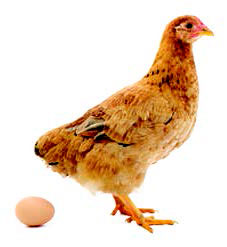
- Start laying eggs at the targeted age by the company, or as indicated in the lineage table
- Feed consumption should hopefully be above what the table proposes
- At start of lay they should be as close as possible to 100 g / bird / day
- Body weight should be as requested by the table +/- 5% maximum
- Uniformity should be as close to 90% as possible
In addition to the above, we must supply a feed with the recommended nutritional quality and a coarse grain size (at least 75 to 80% of particles between 0.5 and 3.2 mm) and a good light stimulation plan .
If the above points are satisfied, we should be avoiding the potential nightmares of the crisis as well as any economic losses it may bring.


